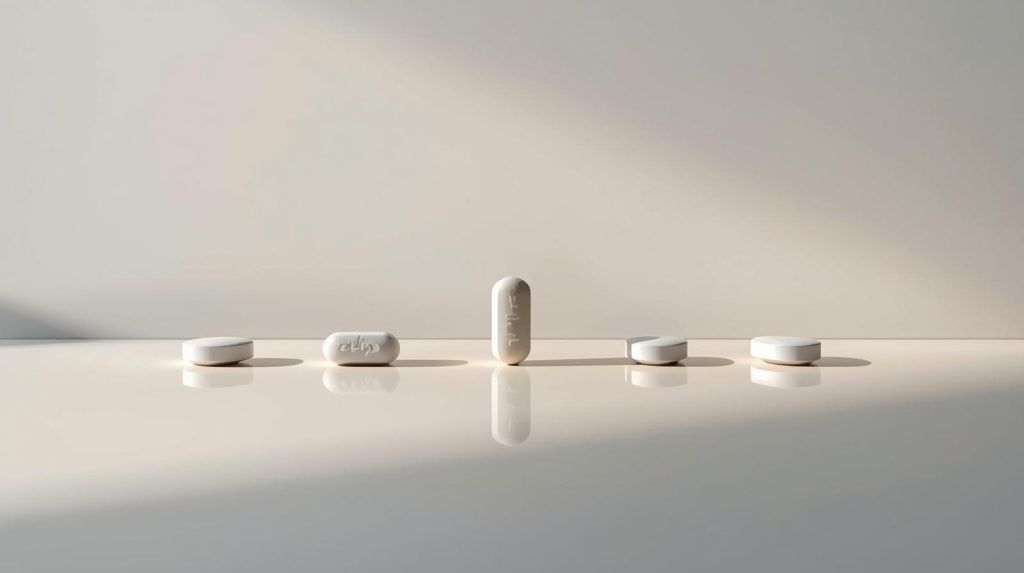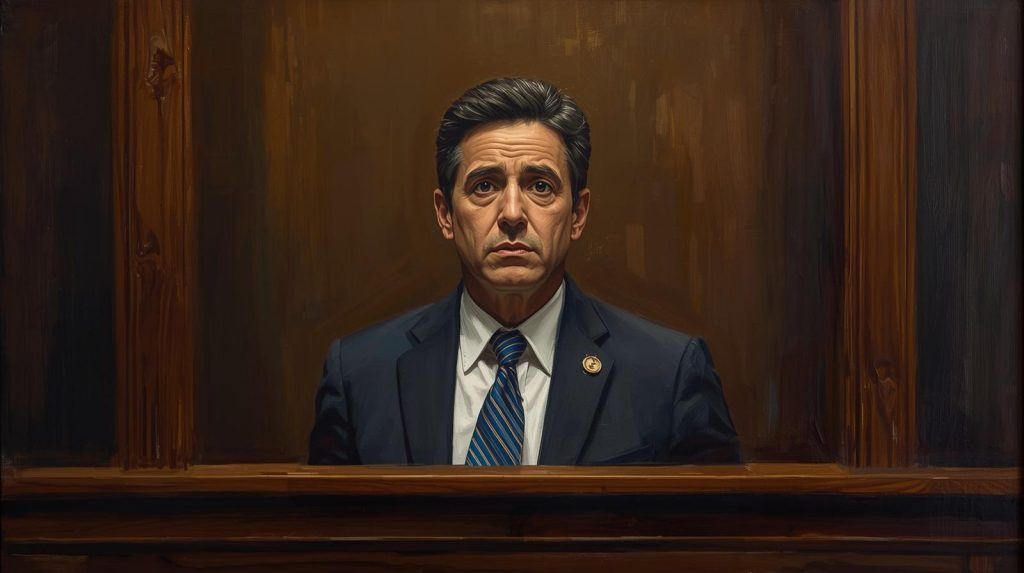Two recent decisions of the Australian Patent Office have illustrated the challenges of relying on prior use in Australian patent opposition proceedings.
“Prior use” is shorthand for relying on information made publicly available through doing an act to show that a claimed invention lacks novelty or an inventive step.
The first of the two decisions, ACN 004 552 363 Pty Ltd v ICM Airport Technics Australia Pty Ltd [2022] APO 68 concerned automated luggage processing systems that used cameras to detect whether the luggage was in a luggage tub. This allows the weight of the luggage tub to be deducted when working out how much the luggage weighs.
The opponent submitted evidence that showed that a luggage system made by the applicant was in use in a number of airports before they had filed the patent application.
The Delegate referred to a number of authorities in which Australian Courts have treated allegations of prior use with caution including Old Digger Pty Ltd v Azuko Pty Ltd [2010] FCA 1061, in which Justice Von Doussa said:
“The evidence adduced by the respondents as to the prior use of the invention is the oral evidence of witnesses to the alleged use based on their recollections of events years beforehand… Oral evidence led in these circumstances must be viewed with particular caution, partly for the reason that the memory of the witnesses is likely to have been influenced by other products seen in the meantime, and to reflect reconstruction on the basis of these later observations.”
And Aspirating IP Ltd v Vision Systems Ltd (2010) 88 IPR 52; [2010] FCA 1061 (‘Aspirating IP’), in which Besanko J said:
“The correct principle is that a prior use must be strictly proved and evidence which is not corroborated must be scrutinised with care, particularly where it is evidence of events which occurred many years ago.”
The Delegate noted that, the evidence failed to show what equipment was being used in the luggage system and, in particular, that it used cameras to detect whether the luggage was in a luggage tub. As a result, the attack based on prior use was quickly dismissed.
Zoetis Services LLC v Boehringer Ingelheim Vetmedica GmbH [2022] APO 72 considered evidence of prior use more tangentially. The opposed application relates to the use of the substance pimobendan in a method of reducing the heart size and/or delaying the onset of clinical symptoms in a patient suffering from asymptomatic (occult, preclinical) heart failure due to mitral valve disease, specifically myxomatous mitral valve disease (MMVD).
The opponent had initially filed evidence in support of the opposition from a Dr Ettinger who said: “I and other licensed veterinarians were authorised under the applicable FDA regulations to prescribe pimobendan for use in dogs with MMVD” – i.e. Dr Ettinger alleged that he had been using the pimobendan to treat MMVD prior to the patent being filed.
The applicant filed evidence in answer to the opposition that criticised Dr Ettinger’s evidence for failing to provide information that showed that he had actually prescribed pimobendan for MMVD.
The opponent sought to answer this criticism by filing evidence from Dr Ettinger that explained that he no longer had access to his records (and hence couldn’t provide relevant clinical records) and evidence from a Dr Keene in which he said he’d used pimobendan to treat MMVD in dogs and provided corroboration in the form of clinical records.
The applicant sought a hearing to have Dr Keene’s evidence disallowed on the basis that it wasn’t permissible evidence in reply.
In deciding this issue, one of the Delegate’s considerations was whether Dr Keene’s evidence should have been served as evidence in support. The Delegate looked at the case law on prior use and said:
“Given that prior use needs to be strictly proved, and the fact that Ettinger provided no evidence corroborating his prior use claim, in my view the opponent should have been aware that the evidence in support of prior use should be able to withstand scrutiny.”
This led to the Delegate deciding that Dr Keene’s evidence was not evidence in reply.
However, the applicant did not get the evidence completely ruled out because, in this case, the Delegate exercised a general discretion to consider information on file at the Patent Office, deciding that the public interest favoured considering Dr Keene’s evidence.
Nevertheless, the applicant’s position was improved because the Delegate was required to give the applicant an opportunity to file evidence in responsive to Dr Keene’s evidence; an opportunity they would not have had if it had been accepted as evidence in reply.
The primary lesson to be learned from these two cases is that when pursuing the ground of prior use opponents should expect to provide a lot of detail and corroborative evidence if possible.
A secondary lesson is that if an applicant becomes aware of a deficiency in prior use evidence, it is best not to point it out prior to the hearing as in Zoetis as there is a risk that the opponent will be able to get other evidence considered.










